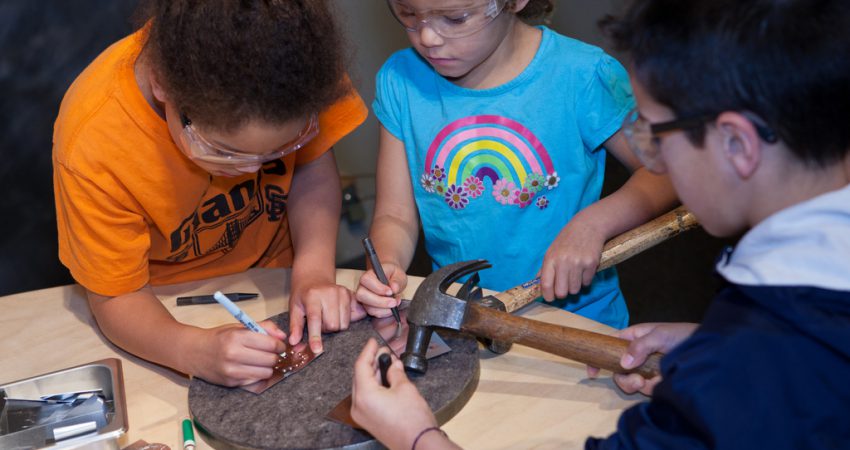
By Leah A. Bricker - May 2011
PAPER CITATION
DeGennaro, D., & Brown, T. L. (2009). Youth voices: Connections between history, enacted culture and identity in a digital divide initiative. Cultural Studies of Science Education, 4(1), 13–39.
WHY IT MATTERS TO YOU
Educators need to recognize that all youth, including urban youth from non-dominant communities, have resources and expertise that need to be taken into consideration during the design of learning experiences.
What Is The Issue?
The paper describes how middle school students appropriated and transformed a particular learning experience in an afterschool literacy program in Philadelphia. The researchers identified a wide range of ways that cultural assumptions were made and projected upon the urban middle school students, and how these middle school students resisted and transformed the program into one where they could explore and communicate their identities within their communities. This paper can draw ISE educators’ attention to the existing resources and strengths that teens from non-dominant communities bring to learning experiences.
What Was The Study?
The learning experience was designed to ensure that urban African-American, middle school girls had access to technology and learned how to use it to create a web page that showcased future career aspirations. The program’s director enlisted the help of male, Caucasian high school students from the suburbs of Philadelphia to facilitate the technology learning experience for the middle school youth.
The program director insisted that the high school students script their lesson plans for each session of the technology learning experience. The high school students did as they were asked and the authors analyzed how the lesson plans embodied the high school students’ ideas about what it means to teach (e.g., telling as the predominant form of engagement, assuming that students will passively listen to and absorb the material). The authors also described the high school students’ deficit images of the urban middle school students. For example, the high school students assumed that these middle school students had no access to technology and therefore did not understand how to use any of it. The high school students also projected their stereotypical images of Black, urban youth onto the middle school youth.
What Were The Findings?
The analysis presented in the paper describes the middle school students’ resistance to the high school students and the technology learning experience (as originally designed) in general. Responding to the middle schoolers’ various forms of resistance (e.g., utilizing different online spaces than those officially sanctioned in the lesson plans), the high school students began to learn more about the middle school students’ technological histories and practices, including the fact that they were already quite proficient with various technologies. In addition, the high school students began to complicate their deficit images of African American urban youth (e.g., that all urban youth of color are “problem” students).
Instead of creating web pages that highlighted a possible future career, the middle school students created web pages that showcased aspects of their identities as situated within their communities, thereby surfacing the histories of those communities and the structural racism that is a product of those histories. For example, one youth created a poem titled “Lived Confusion” in which she described her confusion relative to her neighborhood and the inequalities she sees all around her. The authors were able to show that the middle school students’ history, culture, and identity mediated the redesign of the learning experience (i.e., from career web site design to identity web site design). The authors argued that both middle and high school students experienced transitions and transformations through the course of the learning experience. The question then becomes how many educators can overcome their conceptions of youth in general and certainly urban youth in particular to recognize these resources and leverage them during instruction, in both informal and formal settings.
Further Reading:
Kress, T.M. (2009). In the shadow of whiteness: (Re) exploring connections between history, enacted culture, and identity in a digital divide. Cultural Studies of Science Education, 4(1), 41–49.
Leuhmann, A. L. (2009). Accessing resources for identity development by urban students and teachers: Foregrounding context. Cultural Studies of Science Education, 4(1), 51–66.
Halverson, E. R. (2009). Shifting learning goals: From Competent tool use to participatory media spaces in the emergent design process. Cultural Studies of Science Education, 4(1), 67–76.
DeGennaro, D., & Brown, T. (2009). Emergent fields through adaptation and identity: Overcoming social distance. Cultural Studies of Science Education, 4(1), 77–87.




